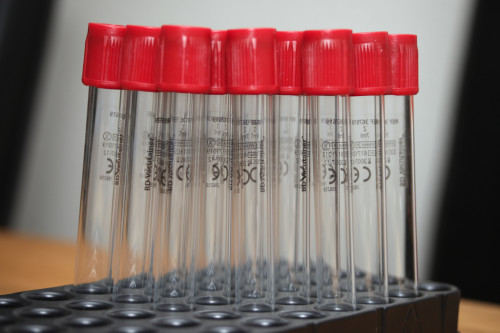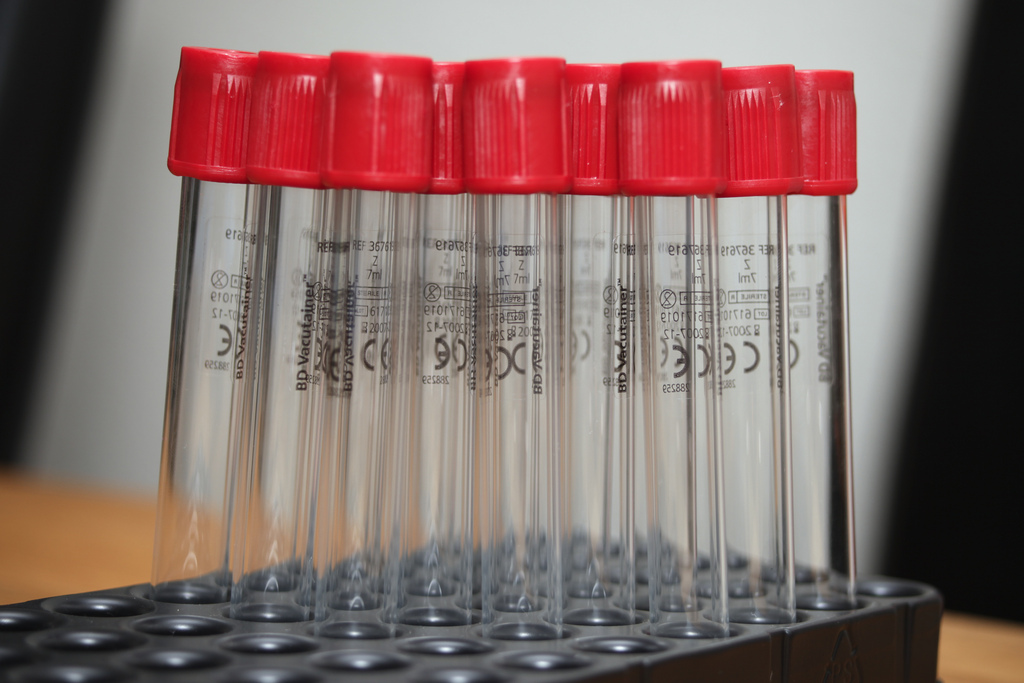
This spring could see new synbio techniques literally hitting the streets, with DIY biohacking kits going on sale. These promise you the ability to make yeast turn red. More significantly, other biohackers are planning to post synbio glow-in-the-dark plants to enthusiasts throughout the US.
Whilst these biohacking gimmicks may sound perfectly innocuous, they are potentially very dangerous, essentially unregulated, presumably self-replicating, and about to be mailed out throughout the US. As is described below, the threats posed by gene-editing techniques such as these have been likened to WMDs by security chiefs. So how is it that whole schooling kits and a new biohacking DIY-culture are being entirely missed in the debate about the safety of gene-editing?
“The ODIN” project aims to make new gene-editing techniques accessible to anyone that can afford the $160 kit. Its Indiegogo fundraising effort has attracted almost $65,000, with kits that have been pre-ordered expected to be shipped some time this spring. The ODIN says that it wants to democratise science, and to give people access to it without the need for institutional grants. It “was started on the premise that if the scientific population of the world doubled or tripled, it would change everything…Synthetic Biology is not illegal[.] So what is stopping this from happening?”
Another San Francisco-based start-up has been pledged almost half a million dollars via Kickstarter to produce a number of strains of glowing plants. Whilst they had hoped to have their pre-order plants out for delivery already (there’s also a pre-order glowing plant do-it-yourself kit), an update from the biohackers last month described how technical issues were delaying their release further – namely that the plants aren’t glowing. Other strains are currently flowering, such that seeds could be posted out in the near future. The biohackers are also developing glowing bacteria and fragrant moss.
Meanwhile, US director of national intelligence, James Clapper, last month told the Senate he considers gene editing to be one of the six potential weapons of mass destruction and that the “deliberate or unintentional misuse” of gene editing technology “might lead to far-reaching economic and national security implications”. We covered this subject in more detail here.
An article in KQED Science also described how the biotech community in Silicon Valley is forging ahead in a similar vein, but on a larger scale. Again in San Francisco, Twist Bioscience is making the components of DNA and RNA that companies and academic researchers can use in their synthetic biology experiments, and aiming to “disrupt the DNA-writing market” given the “massive demand” for it. Twist Bioscience has raised more than $130 million.
The same article then describes how “many scientists are urging caution as the technology becomes easier to use and the experiments become more ambitious.” and quotes a bioethicist at Stanford University as saying: “We haven’t really had the conversation about humans and what’s ethically appropriate or inappropriate…And we haven’t really had the conversation about widespread release of organisms that we won’t be able to get back once they’re released into the environment.”
Herein lies the crux of the problem – whether it’s back-yard biohackers selling gimmicks and calling it accessible science, or biotech companies like Twist Bioscience selling newly-written DNA sequences – there’s a total lack of research into the potential environmental consequences of escaped or released GE microbes. Virtually unregulated, the development, commercialisation and distribution of these organisms are proceeding apace.
And soon you’ll be able to add a glowing plant to your flower bed, or flush red yeast down the sink once you’ve tired of the novelty of it.
